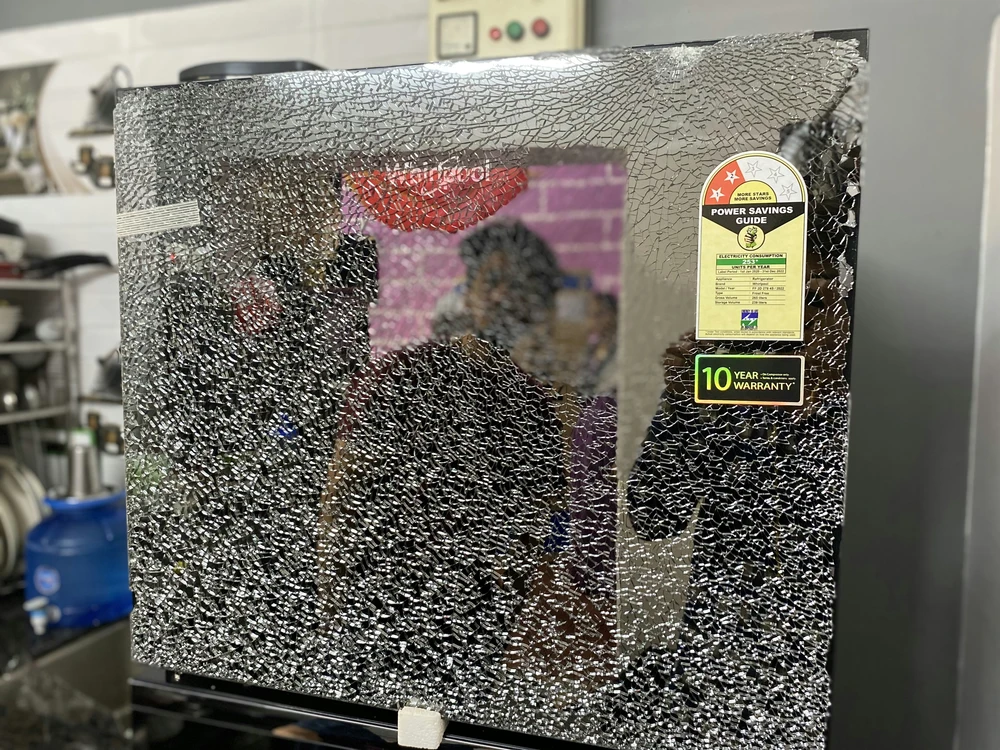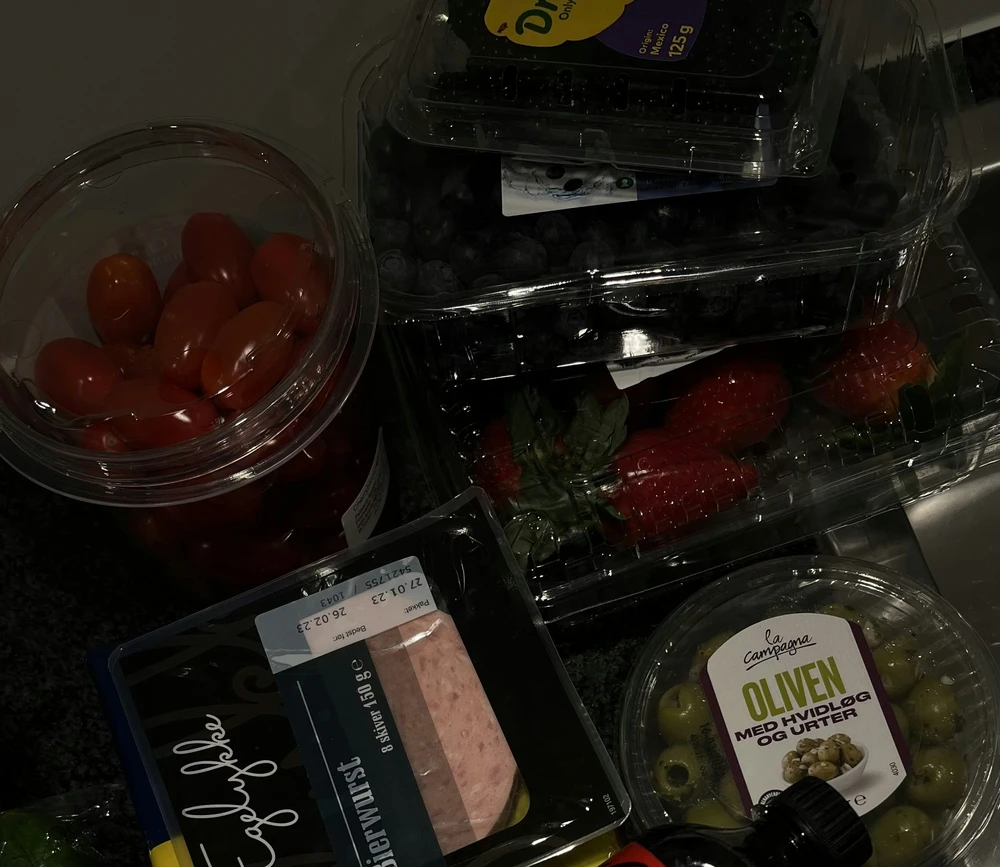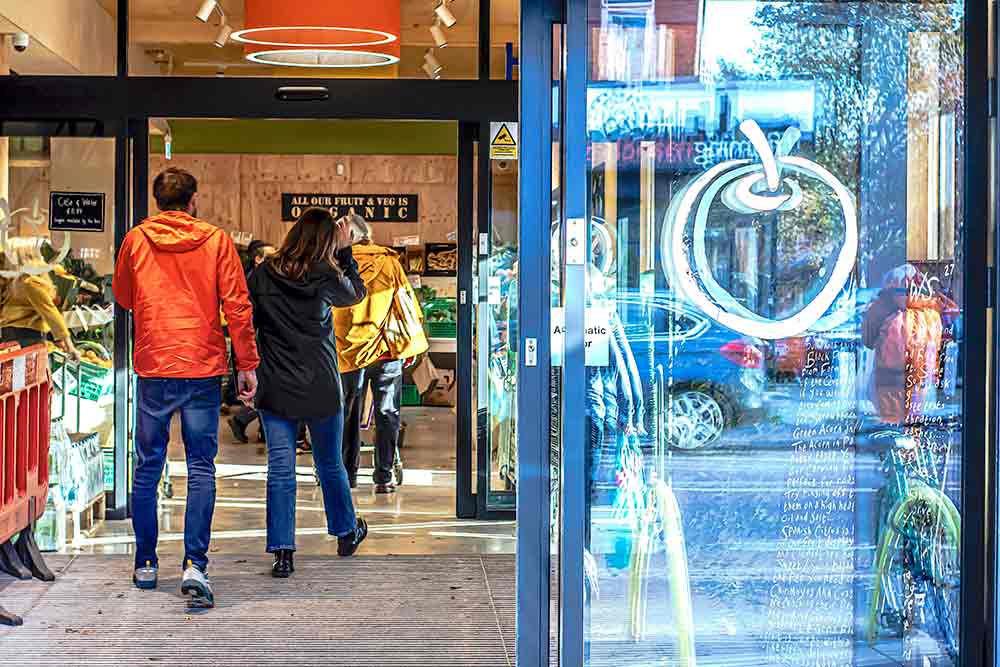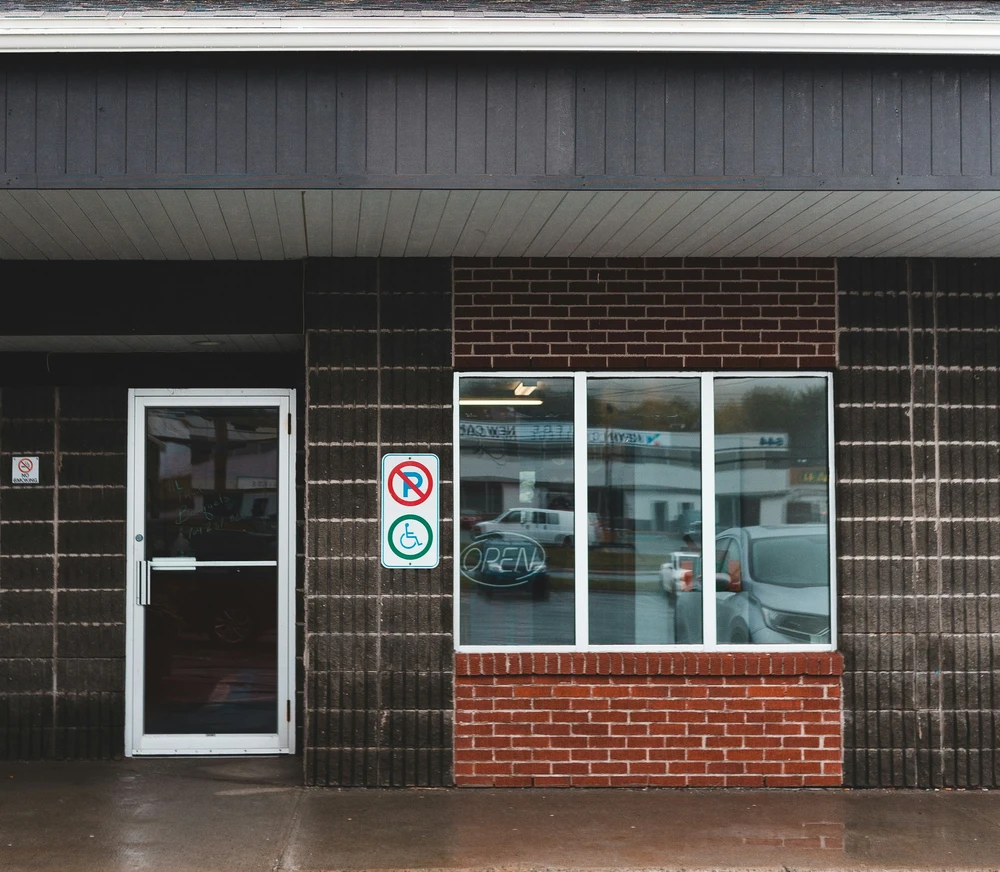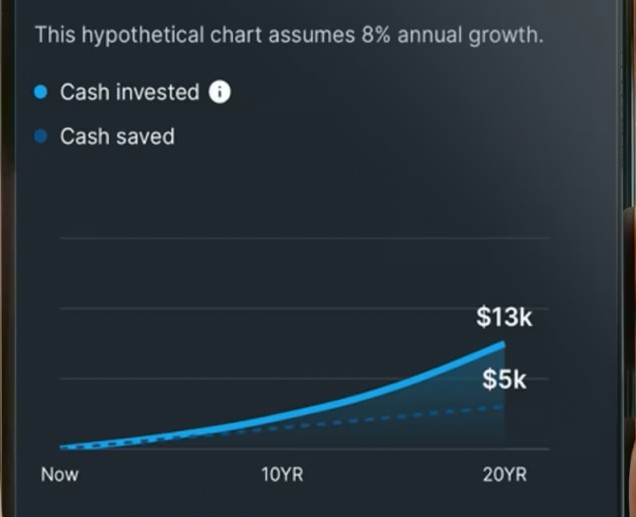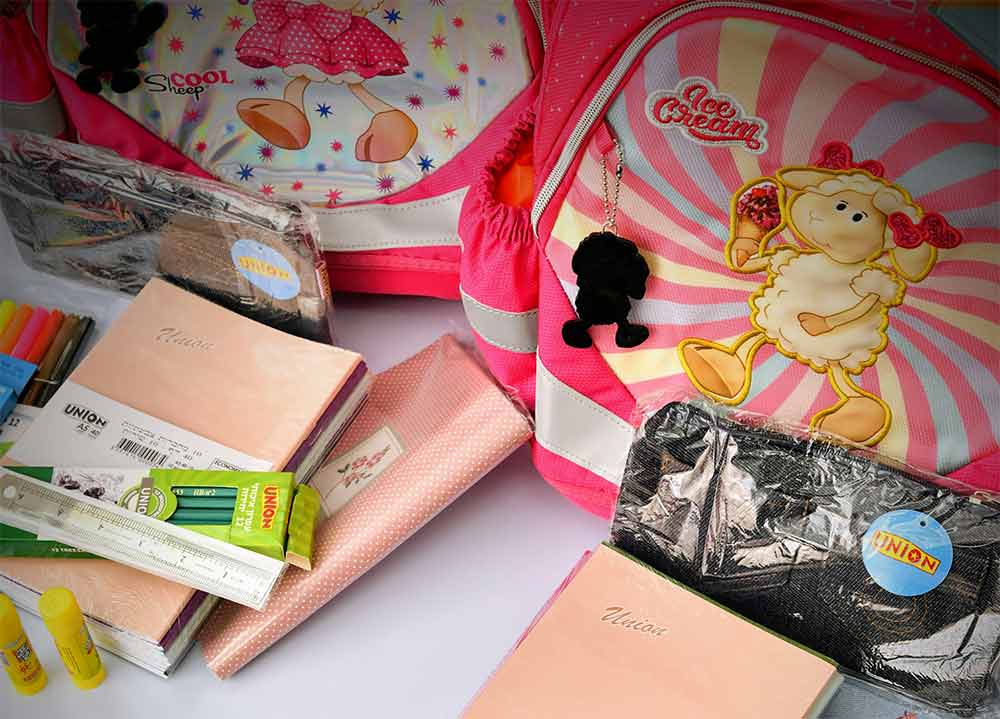Introduction to Back to School Shopping
The transition from summer to the school year marks an important time for families across the United States. Back to school shopping becomes more than just a checklist; it’s a tradition filled with excitement, preparation, and bonding. Children look forward to picking out new outfits and supplies, while parents seek to balance their kids’ desires with practical financial limits.
In 2025, the cost of living continues to challenge families. Rising prices mean being smart with every dollar spent is more important than ever. Clothing, one of the largest back to school expenses, often becomes a major point of concern for parents who want their children to feel confident and well-prepared.
This guide will walk you through creating a back to school clothing budget that is practical, stress-free, and financially responsible. You’ll learn how to prioritize needs over wants, shop strategically, and include your kids in the process—all while sticking to your budget.
Understanding Your Budget
Before buying anything, take a moment to evaluate your household’s financial picture. How much can you realistically allocate toward clothing without dipping into savings or affecting other essentials like rent, food, or emergency funds?
Create a back to school clothing budget by answering these questions:
- How many children are you shopping for?
- Are school uniforms required?
- Are there extracurricular activities that require specific clothing?
- What items from last year can be reused?
After calculating these factors, set a spending cap and divide it by child and category. For example:
| Category | Budget per Child |
|---|---|
| Shirts & Tops | $50 |
| Pants & Skirts | $40 |
| Shoes | $60 |
| Outerwear | $50 |
| Accessories | $20 |
| Total | $220 |
Tools like Mint and You Need A Budget can help track these expenses in real time.
Creating a Clothing List
The key to efficient back to school shopping is planning. Start by checking your children’s closets for what they already have. Make a list of:
- Items that are still in good condition
- Items that need to be replaced
- Gaps in their wardrobe (e.g., outgrown pants or worn-out shoes)
Break your list down by categories:
- Basics: T-shirts, jeans, leggings, socks, underwear
- School-specific: Uniforms, sports attire, lab coats
- Seasonal: Rain jackets, hoodies, boots
- Optional: Fashion accessories or trendy pieces (as a reward or treat)
Use a printable or digital list to stay organized. Download our free Back to School Budget Checklist PDF to make your planning even easier.
Smart Shopping Strategies
1. Shop the Sales
Retailers begin back to school sales as early as July. Look for:
- Tax-free weekends (offered in many states)
- BOGO deals (Buy One, Get One)
- Store loyalty programs
- Seasonal clearances
Check your state’s tax-free shopping schedule at taxadmin.org.
2. Use Coupons and Cashback Apps
Try apps like:
Combine these with sales to maximize your savings.
3. Compare Prices Online
Use websites like Google Shopping to compare prices across retailers. Many online stores offer price-match guarantees.
4. Buy Out-of-Season
Fall clothing tends to be expensive in August. Shop clearance racks or buy summer clothes that can be layered into the fall.
Consider Secondhand Options
You can save up to 70% by shopping at secondhand or thrift stores. Kids outgrow clothes fast, so secondhand pieces are often like new.
Places to check:
- Goodwill
- Once Upon a Child
- Facebook Marketplace
- Local mom groups and community swap events
Buying used is not only budget-friendly, but also environmentally responsible.
Involve Your Kids
Turn shopping into a teaching moment. Let your children:
- Help with budgeting
- Choose between needs vs. wants
- Track spending
This builds real-life financial literacy. For example, give older kids a $100 clothing budget and let them decide how to spend it. They’ll quickly learn to prioritize items that give them the most value.
Quality vs. Quantity
It’s tempting to buy more for less—but low-cost clothes often wear out quickly. Focus on durability and comfort over trendiness.
Tips:
- Choose quality fabrics like cotton or polyester blends
- Check seams and zippers for strength
- Invest in sturdy shoes and outerwear
Cost-per-wear is more important than the initial price tag. A $40 jacket worn 60 times is more economical than a $20 jacket worn twice.
Building a Capsule Wardrobe
Capsule wardrobes reduce clutter and costs. Choose versatile pieces that mix and match well:
- Neutral-colored basics
- A few fun or trendy pieces
- Layer-friendly items
For example:
- 5 tops + 3 bottoms = 15 outfit combinations
- Add 2 jackets and 2 pairs of shoes = 60+ combinations
This is a great way to teach kids about sustainable fashion and mindful consumption.
Track Your Spending
Use apps or spreadsheets to log every purchase. Save receipts in case of returns or for tax purposes if applicable (especially for homeschooling families).
This simple habit ensures you stay on track and provides insight for next year’s budget.
Final Thoughts
Back to school shopping doesn’t have to be a financial burden. With some planning, strategy, and teamwork, your family can find everything they need without overspending.
By creating a realistic budget, prioritizing essentials, and using smart tools like sales trackers and shopping apps, you’ll make the most of your clothing budget. Even more importantly, you’ll teach your children valuable life skills about money, responsibility, and sustainability.
Remember, back to school is more than new clothes—it’s about preparing your kids to walk into the new school year with confidence. And that’s something no price tag can measure.
Looking for more smart money tips? Explore more content at BudgetWiseHub.com and download our free Back to School Budget Checklist PDF to stay organized this season!
